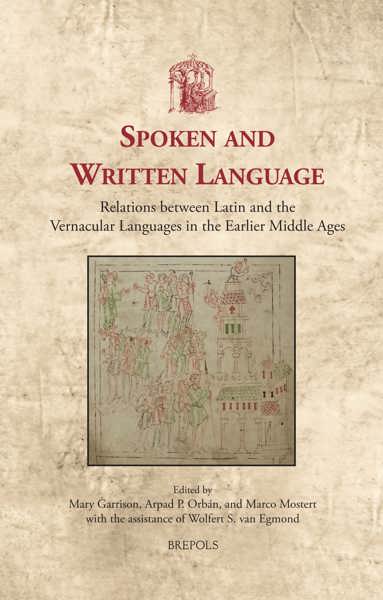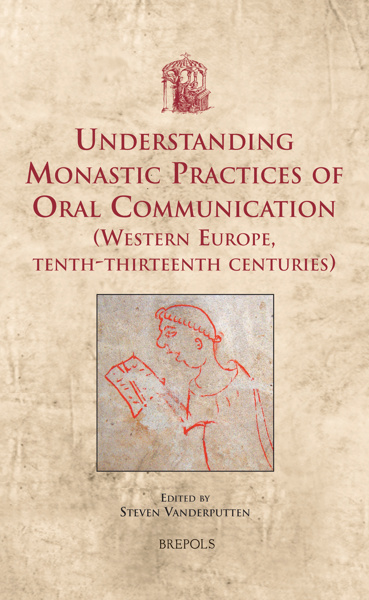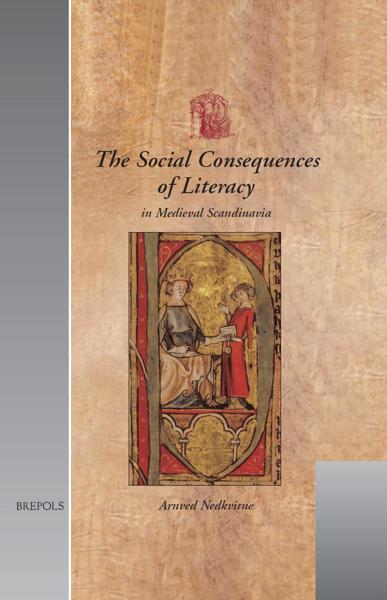
Cultures of Religious Reading in the Late Middle Ages
Instructing the Soul, Feeding the Spirit, and Awakening the Passion
Sabrina Corbellini (ed)
- Pages: 308 p.
- Size:156 x 234 mm
- Illustrations:12 b/w, 15 col., 1 tables b/w.
- Language(s):English
- Publication Year:2013
- € 110,00 EXCL. VAT RETAIL PRICE
- ISBN: 978-2-503-54569-1
- Hardback
- Available
- € 110,00 EXCL. VAT RETAIL PRICE
- ISBN: 978-2-503-54741-1
- E-book
- Available
This volume presents a new, interdisciplinary approach to religious reading and reading techniques in a lay environment within late medieval textual, social, and cultural transformations.
"(...) every essay is very well written and researched, and the editor is to be congratulated for bringing together a wealth of research on medieval readers in France, Italy, England, the Low Countries, Germany, and Poland. One difficulty of our profession is making available materials that provide contextual data across a wide geographical range, so it is encouraging to see a volume that allows us to consider comparatively the religious reading of late medieval western Europe." (Virginia Blanton, in: Sehepunkte, Ausgabe 14 (2014), Nr. 5)
"On the whole, the volume provides a valuable and engaging set of essays. They pull in different directions; but ultimately they are mutually complementary, providing not only information, but stimulating food for thought." (R.N. Swanson, in: Sixteenth Century Journal, XLV/1, 2014, p.167)
"This collection delineates what has yet to be done in this field and enhances our understanding of active lay participation in the transmission and production of religious knowledge." (Christine M. Rose, in: Speculum, 90/1, 2015, p. 230-233)
"All contributions in this rich and inspiring volume show the great diversity and variety in religious texts and in the way they were perceived and read, enabling a religious emancipation of the late medieval laity. (...) the book is in its outline an asset to intellectual history, to the mediation and adaptation of knowledge and ideas, as much as it is to the history of the book and the actual ‘culture of reading’ (...)" (Anna Dlabačová, in: Quaerendo, 44, 2014, 207-215)
"This is a valuable collection of essays that succesfully demonstrates the importance of reading as a cultural practice within Christianity." (Janice Pinder, in: Parergon, 31.2, 2014, p. 157-159)
Read often, learn all that you can. Let sleep overcome you, the roll still in your hands; when your head falls, let it be on the sacred page.
- St Jerome, 384 AD
With these words, the Church Father Jerome exhorted the young Eustochium to find on the sacred page the spiritual nourishment that would give her the strength to live a life of chastity and to keep her monastic vows. His call to read does not stand alone. Books and reading have always played a pivotal role in early and medieval Christianity, often defined as ‘a religion of the book’.
A second important stage in the development of the ‘religion of the book’ can be attested in the late Middle Ages, when religious reading was no longer the exclusive right of men and women living in solitude and concentrating on prayer and meditation. Changes in the religious landscape and the birth of new religious movements transformed the medieval town into a privileged area of religious activity. Increasing literacy opened the door to a new and wider public of lay readers. This seminal transformation in the late medieval cultural horizon saw the growing importance of the vernacular, the cultural and religious emancipation of the laity, and the increasing participation of lay people in religious life and activities.
This volume presents a new, interdisciplinary approach to religious reading and reading techniques in a lay environment within late medieval textual, social, and cultural transformations.
Introduction - SABRINA CORBELLINI
1. Latin and Vernacular – Orthodoxy and Heterodoxy
Heterodoxy or Orthodoxy of Holy Women’s Texts: What Makes a Holy Woman’s Text Holy? - ELSE MARIE WIBERG PEDERSEN
Beyond Orthodoxy and Heterodoxy: A New Approach to Late Medieval Religious Reading - SABRINA CORBELLINI
Reading with a Passion: Fifteenth-Century English Geographies of Orthodoxy - JOHN J. THOMPSON
Wycliffite Bibles as Orthodoxy - EYAL POLEG
2. Print and Public: The Impact of Printing on the Dissemination of Orthodoxy
The Church and the Market: Vernacular Religious Works and the Early Printing Press in the Low Countries,1477-1540 - KOEN GOUDRIAAN
Defining the Delft Bible (1477): From Printer-Public Dynamics to Extant Copies - MART VAN DUIJN
Reading Augustine in the Fifteenth Century - KRISTIAN JENSEN
3. Socio-Cultural Contexts of Production, Acquisition and Reading of Vernacular Religious Books
The Cloister or the City? The Appropriation of the New Testament by Lay Readers in an Urban Setting - SUZAN FOLKERTS
The Medieval German Lives and Miracles of St. James - WERNER WILLIAMS
Latin and Vernacular – Reading and Meditation: Two Polish Queens and their Books - ANNA ADAMSKA
4. Religious and Sacred Texts in the Vernacular: Methodological Aspects of a Social History of Reading
“Pour faire laies personnes entendre les hystoires des escriptures anciennes”: Theoretical Approaches to a Social History of Religious Reading in the French Vernaculars during the Late Middle Ages - MARGRIET HOOGVLIET
Displaying Privacy: Margaret of York as Devotional Reader - ANDREW TAYLOR
Plates




